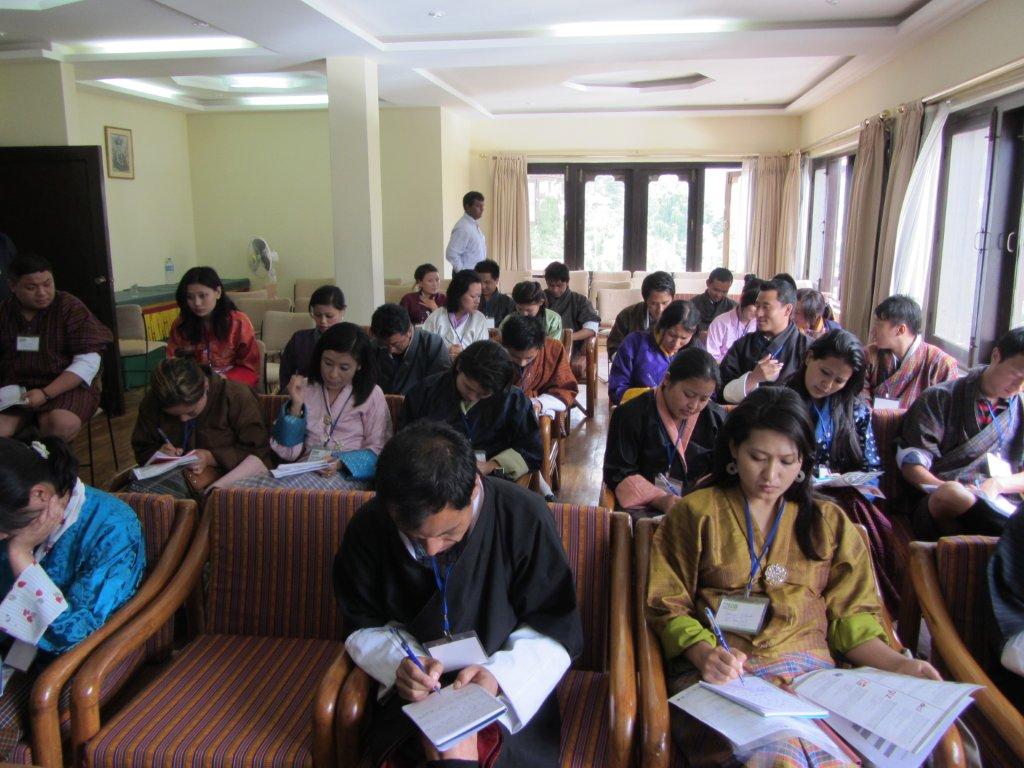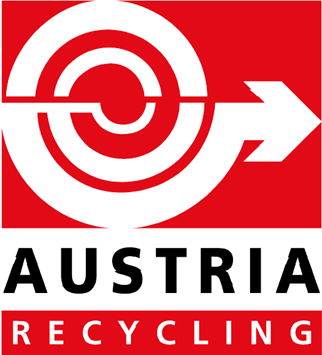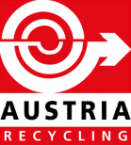


Lead Applicant: Gruppe zu Förderung der Angepassten Technologien (GrAT, Österreich)
Projektpartner:
- Austria Recycling;
- Asia Society for Social Improvement and Sustainable Transformation, Inc. (ASSIST – Philippines)
- Bhutanese Bhutan Chamber of Commerce and Industry
(BCCI – Bhutan) - Federation of Nepalese Chambers of Commerce and Industry
(FNCCI – Nepal). - Deutsche Gesellschaft für Internationale Zusammenarbeit GmbH
(GIZ – Indien) - STENUM Asia Sustainable Development Society (India)
Primary beneficiaries: Business enterprises in Nepal and Bhutan
Funding: European Commission (Switch Asia Programme), co-funded by ADA – Austrian Development Agency
The aim of SEID was to contribute to the sustainable development of the Nepalese and Bhutanese economies. The focus was on those national sectors which have the highest environmental impacts and the strongest potential for job creation and maintenance and for poverty reduction in these countries.
Tourism and agricultural enterprises were therefore identified as target groups. The target group consisted of around 200 small and medium-sized enterprises in Bhutan and Nepal. Around 40 local trainers are selected and trained. After Project closing these trainers are advising and supporting the companies with regard to resource efficiency and sustainable development.
Project duration: 2012 bis 2015
Quantitative Results: In concrete terms, work was carried out with 202 companies and the implementation was supported by SEID experts. The results were evaluated in detail in 102 companies. These companies were able to achieve annual savings of, for example, 8.8 million kWh of energy (electricity and fuel, equivalent to around EUR 330 thousand) and around EUR 1.6 million and material costs. On average, the companies were able to reduce their CO2 emissions by almost 17%.

